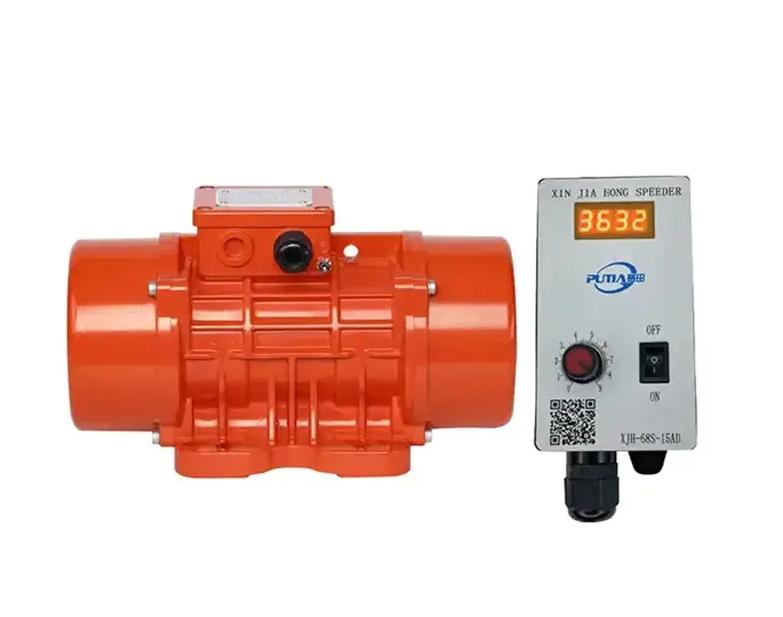Ensuring the long-term performance of vibration motors starts with proper maintenance. Whether you’re using a DC Vibration Motor or a Brushless Vibration Motor, a few simple steps can help extend the equipment's operational lifespan.
DC Vibration Motors require periodic inspection due to their brush-based design. Over time, brushes wear out, leading to inconsistent performance or complete motor failure. Regular cleaning to remove dust and debris, along with checking brush wear, is recommended. Lubrication of the bearing components may also be necessary, depending on the application.
Brushless Vibration Motors need less maintenance since they lack physical brushes. However, they do depend on electronic controllers, which must be kept clean and cool to avoid overheating. Ensuring proper ventilation and monitoring voltage input can help prevent circuit damage.
Regardless of motor type, it’s essential to operate within recommended voltage and load limits. Overdriving a motor can lead to excessive vibration, premature wear, and eventual breakdown. Furthermore, secure mounting reduces unnecessary mechanical stress.
A regular maintenance schedule improves reliability and prevents unexpected downtimes. Whether working with a DC Vibration Motor in a portable device or a Brushless Vibration Motor in an industrial system, taking time to monitor performance ensures continued efficiency and reduces replacement costs.
